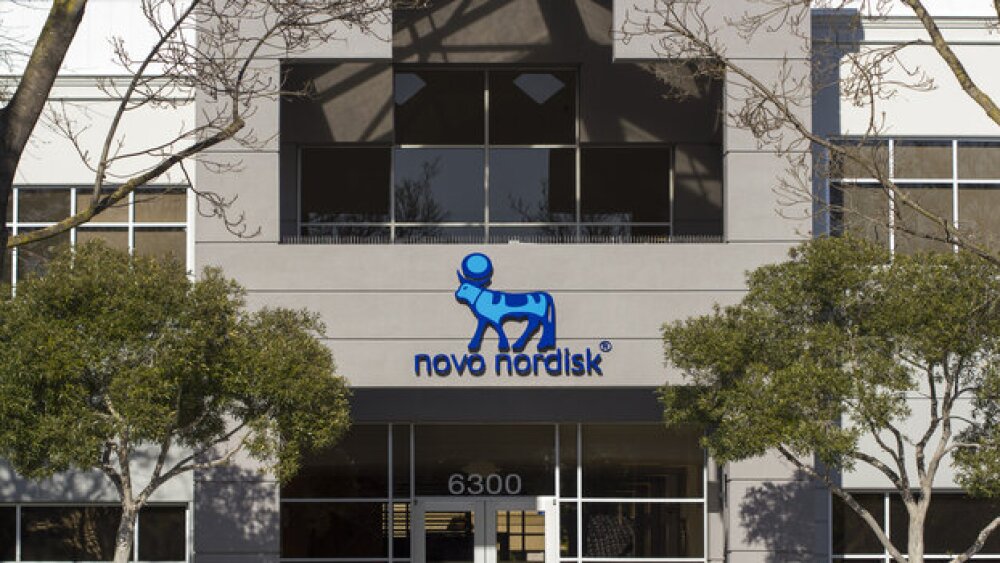Because many types of prostate cancer are very slow growing and generally diagnosed in older men, so-called “watchful waiting” is often the prescribed treatment plan. Now researchers are saying this may not be the best way.
Because many types of prostate cancer are very slow growing and generally diagnosed in older men, so-called “watchful waiting” is often the prescribed treatment plan. This is even less intense than “active surveillance,” where the patient receives a prostate-specific antigen (PSA) blood test and digital rectal exam (DRE) approximately every 6 months, as well as possible yearly prostate biopsies.
Now, however, researchers with Uppsala University in Sweden published a long-range study in the New England Journal of Medicine that found radical prostate surgery can result in an average of three extra years of life compared to “watchful waiting.”
There is a major problem with the study, though. It began in 1989, before broad use of the PSA test was adopted, which tends to diagnose prostate cancer earlier. As a result, the researchers were primarily following patients in more advanced stages of the disease.
The study, the Scandinavian Prostate Cancer Group Study Number 4 (SPCG-4) trial, randomized men with localized prostate cancer to radical prostatectomy or watchful waiting from 1989 to 1999 and published the annually collected follow-up data every three years since 2002. This newest study reported outcomes through 2017 and included histopathologic associations with long-term prognosis.
Overall, the study showed that patients randomized to radical prostatectomy had significantly lower rates of all three primary endpoints: all-cause mortality, prostate cancer mortality, and distant metastatic disease.
David Penson, chairman of urology at Vanderbilt University Medical Center in Nashville, told Reuters, the results of the study are “important because this is the longest follow-up we have. It shows that if I have a long life expectancy and I have higher-grade disease, I probably need to get some treatment because there’s an advantage to surgery, and it’s not an insignificant advantage.”
Penson was not involved in the study.
Anna Bill-Axelson of Uppsala University and head of the study, told Reuters Health, “What we show is that radical prostatectomy can cure prostate cancer but it’s only for those who develop a lethal disease and who are healthy enough to not die from something else.”
The majority of prostate patients have low-risk disease. And Anna Bill-Axelson notes that in their study with advanced tumors, almost 70 percent of the patients died from other causes, “so it shows you shouldn’t treat immediately, especially low- or intermediate-risk tumors. You should wait and see if they get more aggressive and then treat them.”
The trial followed 695 men at 14 centers in Sweden, Finland and Iceland. The follow-up was for an average of 23 years. In that group, there were 45 percent fewer prostate cancer-related deaths in the group who received radical surgery. By 2017, 80 percent of the patients followed die from any cause. In the men who had surgery immediately after diagnosis, 72 percent died; among those who didn’t, 84 percent died. In the surgery group, prostate cancer made up 20 percent of deaths. In the watchful waiting group, 31 percent of the deaths were from prostate cancer.
All the patients who volunteered for the study were younger than 75 with a life expectancy of at least 10 years. Cancer metastasized in 27 percent of the surgery group and in 43 percent of the watchful waiting group.
For a bit more nuance, in men diagnosed before the age of 65, radical prostatectomy had the most benefit. Among this group, “overall mortality was 15 percentage points lower, mortality due to prostate cancer was 15.1 percentage points lower, and the risk of metastasis was 18.6 percentage points lower in the radical-prostatectomy group than in the watchful-waiting group,” the study concluded.





